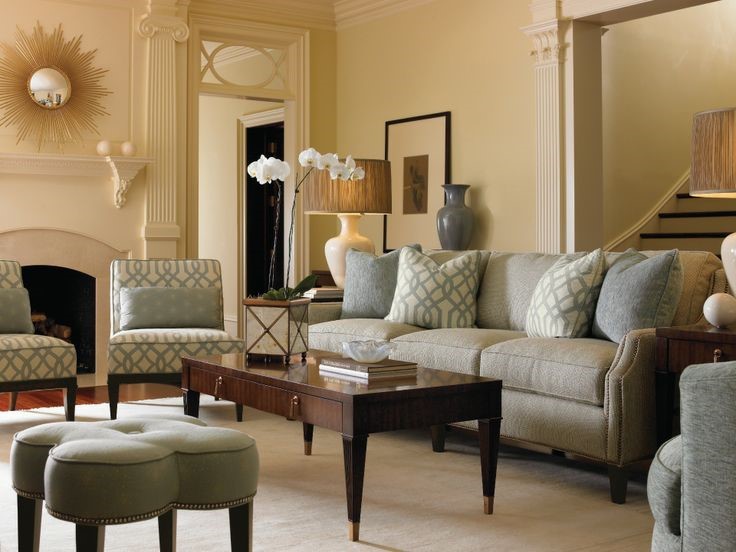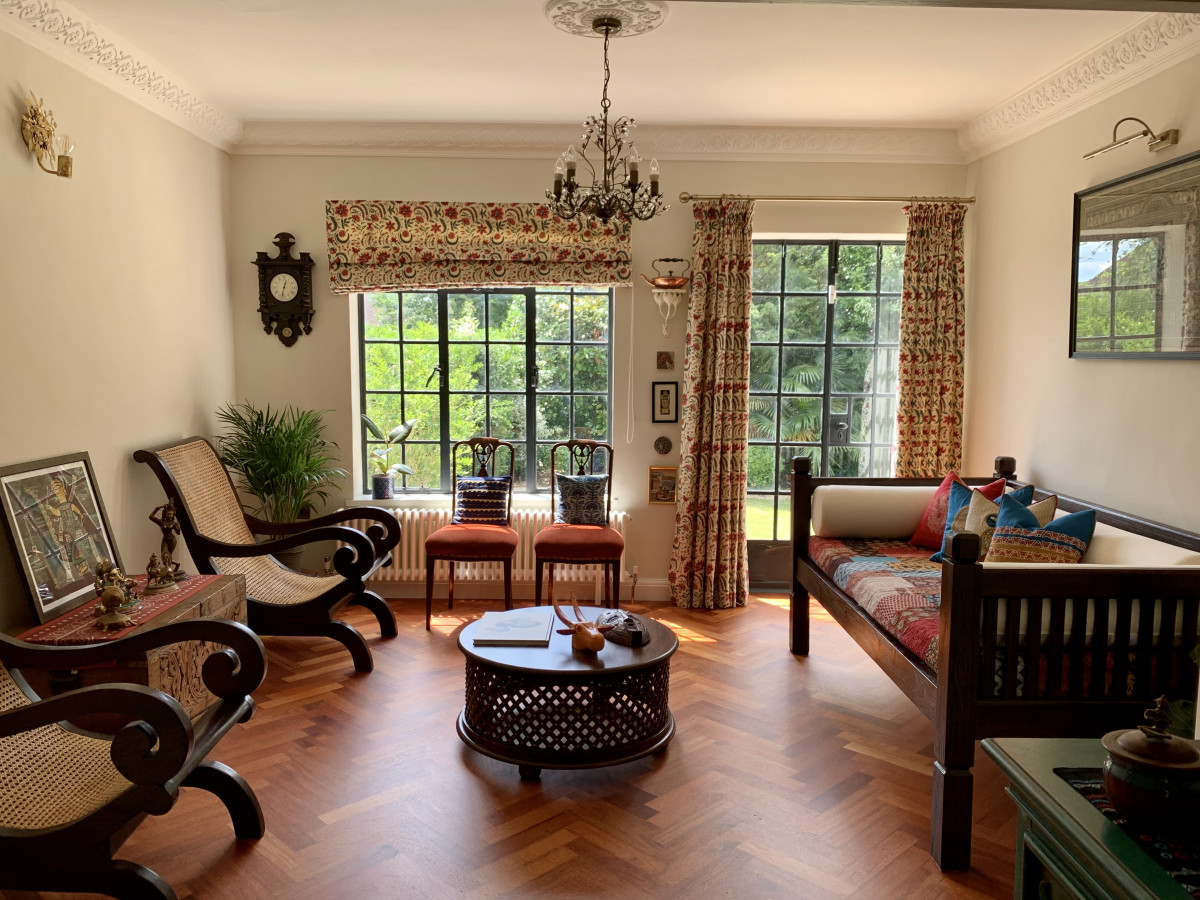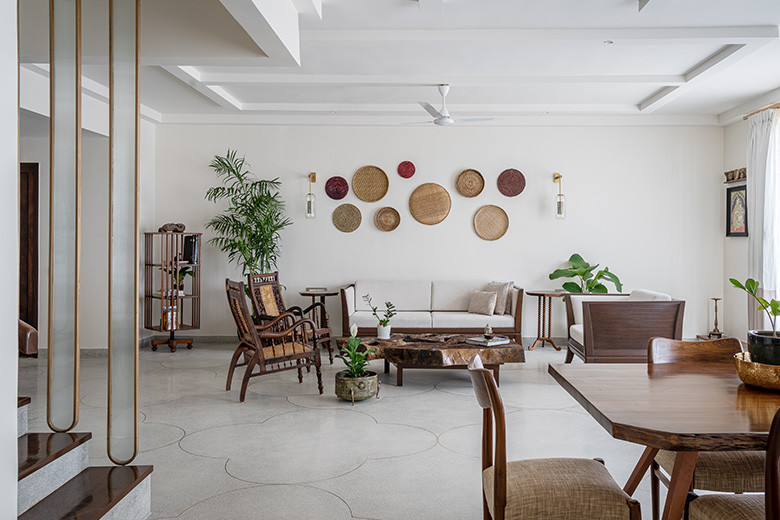Welcome to the world of heritage home decor! This is more than just a design choice; it’s a passion that connects us to our roots, our histories, and even our memories. In this comprehensive guide, we’ll explore everything you need to know to incorporate heritage elements into your home decor. From styles to tips and personal experiences, let’s embark on this beautiful journey together!
What is Heritage Home Decor?
Heritage home decor refers to design choices that reflect historical styles, cultural legacies, and traditional craftsmanship. Often characterized by rich textures, intricate patterns, and artisanal details, this style emphasizes a sense of history and nostalgia.
As someone who has always been fascinated by the stories behind our living spaces, I’ve found that heritage decor encourages a connection to the past while still offering a modern twist. By embracing pieces that tell a story, we create a living narrative in our homes.
Key Characteristics of Heritage Home Decor
Incorporating heritage decor into your home means embracing several key characteristics:
- Rich Textures: Fabrics such as velvet, silk, and heavy cotton are often used to create an inviting environment.
- Intricate Patterns: Designs inspired by historical motifs, such as damask and paisley, add depth and character.
- Natural Materials: Wood, stone, and metal are typically used, showcasing craftsmanship and durability.
- Artisanal Craftsmanship: Handcrafted items that celebrate local artisans and traditional techniques are highly valued.
Main Styles of Heritage Home Decor
Victorian Style
The Victorian era is known for its elegance and intricate details. Think ornate furniture, rich colors, and luxurious textiles. This style embraces layered decor, often featuring heavy draperies and decorative accessories.
Colonial Style
Colonial decor reflects the simplicity and resourcefulness of early settlers. Furniture is functional and often made from local materials. Decor consists of handcrafted pieces, which highlight the cultural influences of various regions.
Art Deco Style
Although a more modern interpretation, Art Deco incorporates heritage elements through geometric shapes and luxurious materials. Bold colors and patterns are prominent, making it a favorite for those who appreciate both elegance and flair.

Rustic Farmhouse Style
This approach combines vintage charm with a cozy appeal. Think reclaimed wood, vintage signs, and a neutral color palette that invites warmth and comfort into your home.
Popular Heritage Home Decor Pieces
Furniture
Heritage furniture often features classic lines, intricate carvings, and a sense of historical significance. Consider adding:
- Antique Dressers: Perfect for adding character to your bedroom.
- Crafted Dining Tables: Great for family gatherings, embodying warmth and tradition.
- Wingback Chairs: A classic choice that brings elegance to any living space.

Wall Art
Art carries the essence of heritage design. Look for:
- Heritage Paintings: These can bring color and culture into your space.
- Framed Textiles: Showcasing traditional crafts can create stunning wall displays.
Accessories
Decorative accessories amplify the heritage feel. Consider:
- Handmade Pottery: Beautiful and functional pieces that tell a story.
- Vintage Frames: Perfect for showcasing family photos.

How to Incorporate Heritage Home Decor in Your Space
Start with a Color Palette
A cohesive color palette lays the foundation for heritage decor. Opt for warm, earthy tones, or jewel tones that reflect traditional styles.
Mix Old and New
Don’t hesitate to blend modern furniture with vintage pieces. This creates a layered look that feels both timeless and current.

Focus on Textures
Incorporate different materials like wood, metal, and textiles to add depth to your decor. Mixing textures can help create a cozy, richly layered space.
Personal Touches
Include personal items, such as family heirlooms or travel souvenirs that reflect your personal heritage and stories. This makes your space uniquely yours.

Pros and Cons of Heritage Home Decor
| Pros | Cons |
|---|---|
| Timeless appeal that never goes out of style. | Can be expensive due to the quality of materials. |
| Rich in history and storytelling. | Finding authentic pieces may take time and effort. |
| Supports artisan craftsmanship. | Maintenance may be required for antique items. |
Heritage Home Decor on a Budget
Implementing heritage decor doesn’t have to break the bank. Here are some tips:
- Thrift Stores: Amazing finds can be hidden in your local thrift shops.
- DIY Projects: Repurposing vintage items can not only save money but also personalize your space.
- Seasonal Sales: Look out for sales during holidays to acquire stylish decor at a lower price.

Conclusion
Heritage home decor is a beautiful way to express individuality while honoring traditions and histories. Whether you choose Victorian elegance, Colonial simplicity, or Rustic Farmhouse charm, the key is to create a space that reflects your unique journey. As you decorate with heritage pieces, you’re not just filling your space; you’re weaving stories into the fabric of your home.
FAQs About Heritage Home Decor
What is the difference between vintage and heritage decor?
While vintage decor typically refers to items that are at least 20 years old, heritage decor encompasses pieces that have historical significance and represent cultural heritage.

Can I mix heritage decor with modern styles?
Yes! Mixing heritage decor with modern styles can create a dynamic aesthetic that is both fresh and rooted in history.
How can I maintain my antique furniture?
Regular dusting, avoiding direct sunlight, and using appropriate cleaning products will help in maintaining your antique furniture.
Where can I find authentic heritage decor pieces?
Look for antique stores, estate sales, flea markets, and reputable online marketplaces specializing in vintage and heritage items.